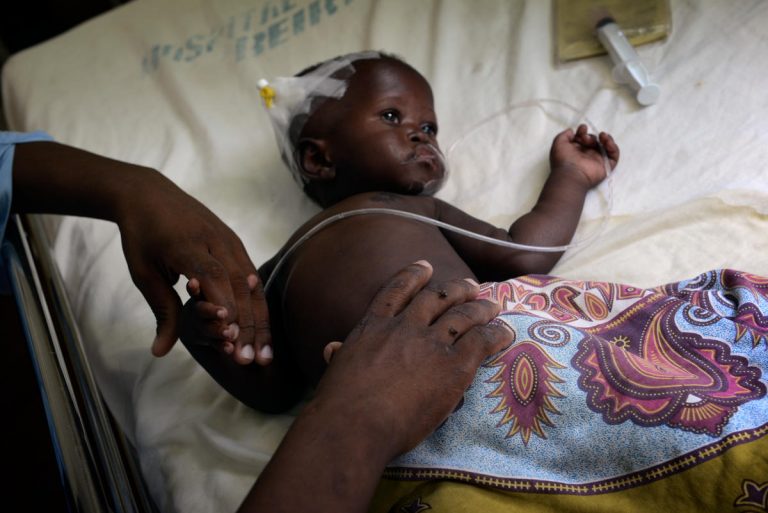Early appropriate nutrition and infection prevention are vital for the survival of a preterm infant. These issues are interconnected when delayed enteral feeds leads to intravenous intervention, which can result in infection. For example, a very-low-birthweight (VLBW) neonate might have the establishment of enteral feeds delayed for several days due to concerns about feeding intolerance and fear of necrotizing enterocolitis (NEC), a devastating disease of the preterm often linked to enteral feeding. This delay results in the use of intravenous fluids (IVF) and total parenteral nutrition (TPN) in the neonate placing them an increased risk of infection. Prolonged intravenous access is a major cause of blood stream infection in resource limited neonatal intensive care units (NICUs), which oftentimes have poor general hygiene, suboptimal asepsis along with a high number of admissions and overcrowding. In order to combat his fear of sepsis and NEC, the treating physician uses broad spectrum antibiotics. Rather than a baby who should have received thermal comfort, full enteral feeding and protection from infections, the result is a stable VLBW baby receiving IVF/TPN along with broad spectrum antibiotics for no obvious indication. These babies often actually end up developing nosocomial sepsis, NEC and may even succumb and the risk of death is greater in low resource settings. Those babies who survive are at greater risk for prematurity-related long-term morbidities and growth failure.
India is home to the highest number of preterm babies; housing ‘one-fifths’ of the globe’s preterm infants, with an annual birth cohort of 26 million and a prematurity rate of 12.7%. In the Journal Neonatology, our group recently published the results of a randomized control trial in India. We initiated stable preterm neonates born with a birthweight between 1000 – 1500 grams on full enteral feeding with no parenteral fluids or nutrition, essentially keeping the baby’s skin intact from head to toe with no pricks, and compared results with conventional enteral feeding. Our pilot study of this intervention showed a decrease in the rates of sepsis and NEC with full enteral feeds.
What could be the plausible reason for the decrease in NEC rates with full enteral feeds? Early enteral feeding allows healthy gut microbes to grow and thrive and helps the gut to function optimally. Use of mother’s own milk provides protective and growth factors which helps the gut grow and be protected from developing NEC. There is compelling evidence to state that the use of unwarranted antibiotics in preterm neonates increase the risk of NEC, late onset sepsis and even death by about 1.5 to 2 times (Read more here and here).
For our RCT, we found that early exclusive enteral feeding (using mother’s own milk as soon as and as much as feasible) along with restricted use of antibiotics led to earlier attainment of full enteral feeds with no increase in feed intolerance or NEC when compared to conventional enteral feeding. In addition, earlier attainment of full feeds resulted in a significant decrease in the length of hospital stay and reduced incidence of sepsis, apnea and patent ductus arteriosus. All factors that increase the chance of intact survival in these premature babies.
NEC and sepsis are both life threatening diseases of the preterm neonates often resulting in poor short-term and long-term outcomes. Through our study we have shown that it is possible to prevent these by early total enteral feeding in VLBW neonates using a standardized feeding protocol, encouraging human milk use and avoidance of unwarranted antibiotics.
